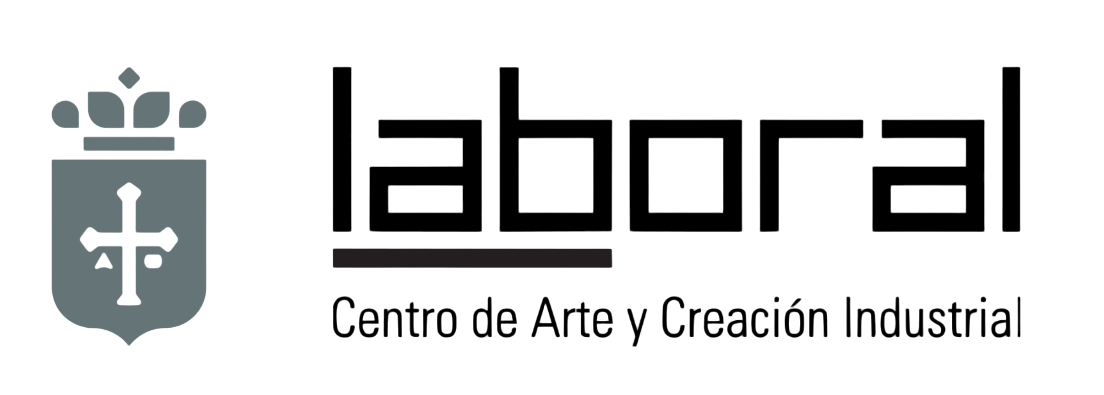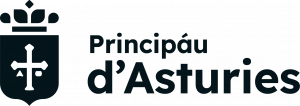This node is developed in LABoral’s digital manufacturing laboratory. Digital manufacturing is the set of techniques and machines that allow the creation of physical objects from computational designs: the machines receive information from a computer and produce physical elements by subtractive or additive procedures.
Teachers and students agree to design a multimedia application or physical product, using rapid prototyping tools.
The conceptualization, development and production of the design allows students to actively and responsibly get involved in a learning process in which they work: creative problem solving, teamwork, interaction with technology and skills and content. that the teacher incorporates as the design evolves.
Developed by: Susanna Tesconi, learning and research environment designer, Universitat Autónoma de Barcelona, Senior Fablearn Fabfellow, Stanford University (ES).
Aimed at: students and teachers of primary and secondary education centers in the Principality of Asturias.
Methodology:
The use of digital manufacturing in the educational context and the “learning through design” methodology is linked to the theories of “problem-based learning”, which favors the development of the “learning to learn” competence.
Working with design allows you to mobilize and transfer knowledge from different areas and integrate it in a very similar way to what happens in real-world practices and the professional context. Furthermore, being a team effort, it encourages empathy and collaboration and provides opportunities for reflection and development of creativity.
Work through design projects involves the participants in a profound way and leads them to take control and responsibility for the learning process themselves. You learn from experience, from interaction with colleagues and from the technological artifacts involved.
Goals:
– Promote self-esteem and personal initiative: imagine projects, develop new ideas, look for solutions and put them into practice. – Promote the ability to learn: curiosity to ask questions, identify resources and search for methodologies and strategies: “become owners of their own learning.” “.- Promote experimentation, a critical attitude and creative thinking, through knowledge of techniques and tools. – Develop visual thinking in a divergent and creative way through experimentation. – Highlight the importance of a deeper knowledge of the technological language.‐ Analyze the influence of culture and art on the evolution of the design of technological objects throughout history, satisfying the needs and desires of human beings and improving their living conditions.
Dates:
From Monday, November 21 to Tuesday, November 29, 2016; from Monday, January 9 to Monday, January 16, from Monday, February 6 to Monday, February 13, from Monday, March 6 to Monday, March 13, and from Monday, April 17 to Monday, April 24, 2017
Activity subsidized by the Ministry of Education, Culture and Sports of the Government of the Principality of Asturias through the Ministry of Education, Culture and Sports






